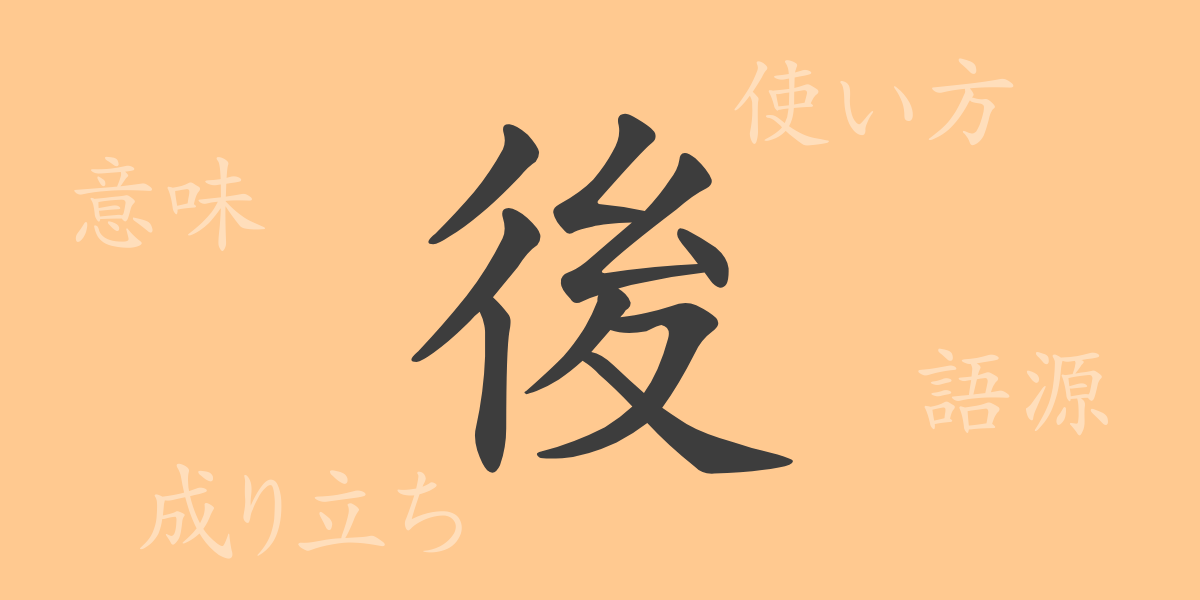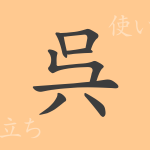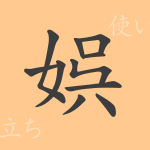The kanji characters indispensable to the written Japanese language each carry deep meanings and histories. The character “後” (あと) is no exception. Frequently used in everyday life, this kanji signifies “after” in terms of time and space, adding rich nuances to our language. In this article, we will delve into the origins, meanings, usage, readings, and even idioms and proverbs related to “後” to uncover its full depth.
Origins of 後 (Etymology)
The kanji “後” (あと) finds its origins in the ancient Chinese oracle bone script. In these ancient inscriptions, “後” depicted a person standing behind an object, which evolved to represent “behind” or “following” in both temporal and spatial contexts. This character was introduced to Japan around the 5th century and has since played a crucial role in Japanese linguistic contexts.
Meanings and Usage of 後
The kanji “後” (あと) primarily signifies “after” in terms of time or sequence but also means “behind” when referring to place. It is also used in terms like “後継” (こうけい), meaning “successor.” This versatile character is indispensable for indicating sequence, continuation, or positional relationships within sentences.
Readings, Stroke Count, and Radical of 後
The kanji “後” (あと) reflects the characteristics of the Japanese language in its readings and structure.
- Readings: The on’yomi (音読み) is “ゴ” (ご), and the kun’yomi (訓読み) are “あと” and “うしろ”.
- Stroke count: “後” is composed of 9 strokes.
- Radical: The radical is “彳” (ぎょうにんべん), which indicates a person or related actions.
Idioms, Phrases, and Proverbs Using 後
There are numerous idioms, phrases, and proverbs in Japanese that include “後” (あと). For example, “後悔先に立たず” (こうかいさきにたたず) means it is too late to regret something after it has happened, teaching us to think carefully before acting. “後手に回る” (ごてにまわる) describes being delayed in response, resulting in a disadvantage. Another example is “名前を残す” (なまえをのこす), which means to leave one’s achievements or legacy for future generations. These expressions illustrate the diverse usage of “後” in different contexts.
Summary of 後
This article has explored the multifaceted appeal of the kanji “後” (あと). Reflecting the evolution of culture and language, this single character is a vital element of our communication. For learners of Japanese, understanding kanji like “後” is an important step in language acquisition. The next time you encounter “後,” remember its rich history and significance.

























